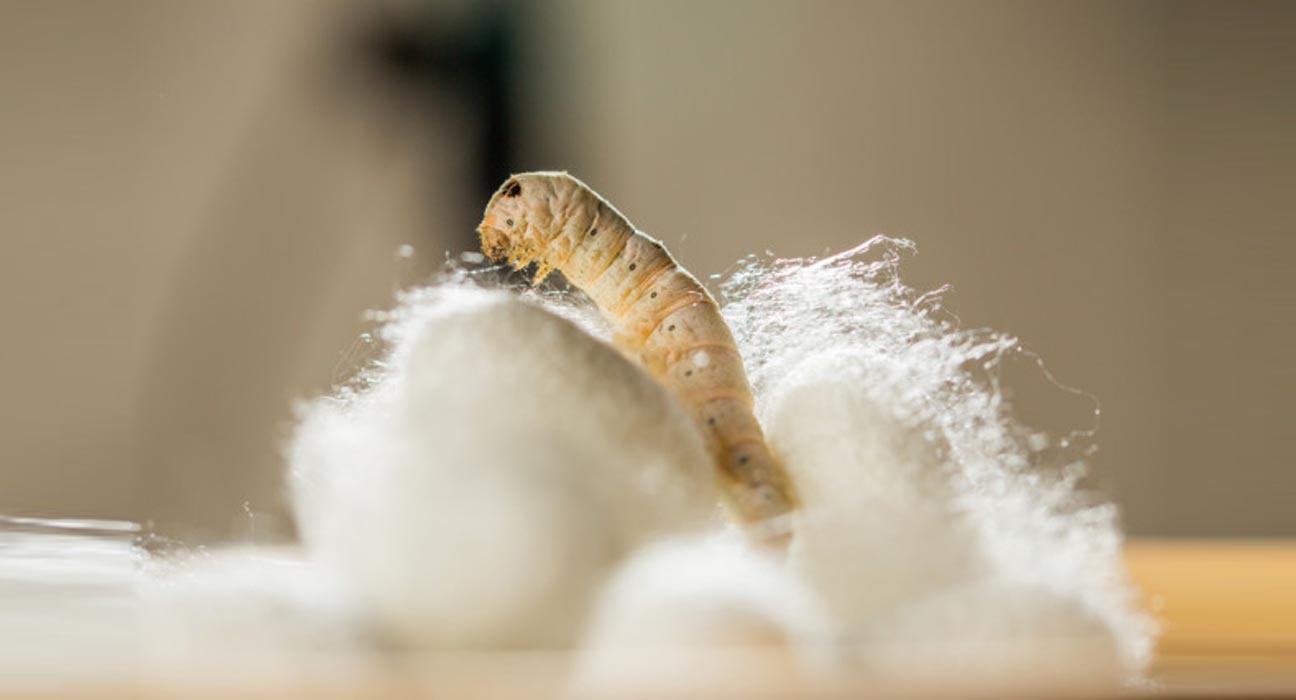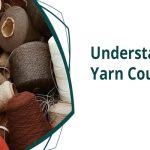Silk is a natural protein fiber, some forms of which can be woven into textiles. A variety of silks, produced by caterpillars or silkworms. We will focus on Silk Fiber types in this blog post.
The strands of raw silk as they are unwound from the cocoon consist of the two silk filaments mixed with sericin and other materials. About 75 % of the strand is silk i.e. fibroin and 23 % is sericin; the remaining materials consist of fat and wax (1.5 %) and mineral salts (0.5 %). As a natural protein fiber silk has a significant attraction towards natural dyes.
Silk Fiber Types
We will describe the types of silk fiber focusing on two topics. These two pints are, according to industrial uses. Another is cocoons obtained from different species of silkworms which in turn feed on a number of food plants. First, we will describe the types of silk fiber according to industrial uses.
According to industrial uses
Raw silk:
It comes from the cocoon which is coated with a protective layer called silk gum, or sericin. The silk gum is dull and stiff. Silk with all of its gum is termed raw silk.
Tussah silk:
Silk made from wild silkworms is called tussah silk. The natural color of tussah silk is usually not white. It has shades of pale beige, brown and grey. It is usually coarser than cultivated silk.
Bombyx-mori silk:
It is also known as mulberry silk which is produced by domesticated silkworm. It is raised on diet of mulberry leaves almost exclusively softer, finer and more lustrous than tussah silk. This silk produces shades of white product.
Reeled silk or Thrown silk:
It is term for silk fibre that is unwound from the silkworm cocoon. It is the most fine silk. The fibres are very long, shiny and of great strength.
Spun silk:
Silk made from broken cocoon (from which the moths have already emerged) and short fibres. It feels more like cotton.
Weighted silk:
When yarns are prepared for weaving, the skeins of yarn are boiled in a soap solution to remove the natural silk gum or sericin. The silk may lose from 20 to 30 percent of its original weight as a result of boiling. As silk has a great affinity for metallic salts such as those of tin and iron, the loss of weight is replaced through the absorption of metals. Thus a heavier fabric can be made at a lower price than that of pure silk. Thus it is known as weighted silk.
Pure silk:
If the natural gum or sericin is removed from the silk and no further material is added to increase the weight of the fibre it is called pure silk. Pure silk is exclusively soft and possesses fine luster.
Silk Fibre Types
According to cocoons and silkworms
There are four major types of silk of commercial importance, obtained from different species of silkworms which in turn feed on a number of food plants. These are:
- Mulberry
- Tasar
- Eri
- Muga
Except mulberry, other varieties of silks are generally termed as non-mulberry silks. India has the unique distinction of producing all these commercial varieties of silk.
Mulberry
The bulk of the commercial silk produced in the world comes from this variety and often silk generally refers to mulberry silk. Mulberry silk comes from the silkworm, Bombyx mori L. Which solely feeds on the leaves of the mulberry plant. These silkworms are completely domesticated and reared indoors. In India, the major mulberry silk-producing states are Karnataka, Andhra Pradesh, West Bengal, Tamil Nadu and Jammu & Kashmir. These accounts for 92 % of the country’s total mulberry raw silk production.
Tussah:
Tasar (Tussah) is copperish colour. Coarse silk mainly used for furnishings and interiors. It is less lustrous than mulberry silk. But has its own feel and appeal. Tasar silk is generated by the silkworm, Antheraea mylitta. It is mainly thrive on the food plants Asan and Arjun. The rearings are conducted in nature on the trees in the open. In India, tasar silk is mainly produced in the states of Jharkhand, Chattisgarh and Orissa. Besides Maharashtra, West Bengal and Andhra Pradesh . Tasar culture is the main stay for many a tribal community in India.
Silk Fiber Types
Oak Tasar: (also known as temperate tasar)
Eri:
Muga:
Silk Fiber Types
Matka Silk
Filaments of the cocoons of this silk from Bihar were originally unwound and plied together on a mud pot, or Matka ( Today, they are alikely to be reeled on a woman’s thigh).
Silk Fiber Types – according to industrial uses and silkworm
You may also read




